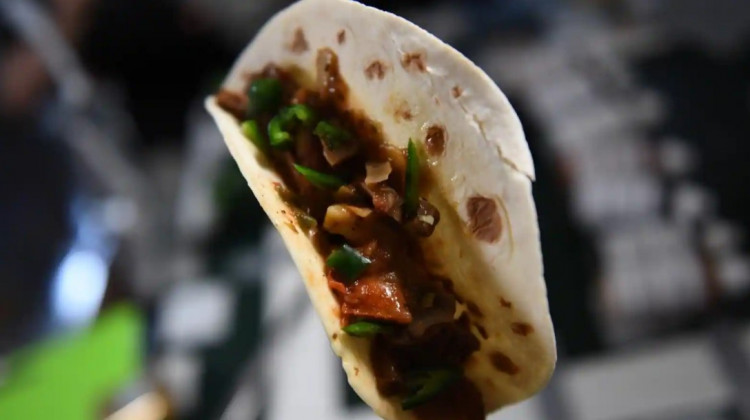NASA astronauts have just harvested the first space-grown chile peppers.
Using some of the newly harvested peppers, fajita beef, and rehydrated tomatoes, astronaut Megan McArthur, one of the seven crew members presently living and working at the International Space Station, created "my best space tacos yet."
According to McArthur's Twitter post, the astronauts also got to sample some of the red and green peppers and do a taste test for future science work. The 48 Hatch peppers are part of NASA's new push to test more food in preparation for long-term missions to the moon and Mars.
These Hatch chile peppers were grown in orbit as part of NASA's Plant Habitat-04 (PH-04) project, which was initiated by astronaut Shane Kimbrough and will begin in June 2021.
Researchers spent two years evaluating over two dozen pepper types from around the world before settling on the NuMex 'Española Improved' pepper, a hybrid cultivar from Hatch, New Mexico, and the Hatch Valley in southern New Mexico. This pepper passed all testing and has the potential to become a sustainable space crop.
To grow the plant, scientists at NASA's Kennedy Space Center sanitized and planted 48 pepper seeds in a science carrier device that included baked clay for roots and a pepper-specific controlled-release fertilizer.
Mizuna mustard, radishes, zinnias red lettuce, and two other lettuce types were among the crops harvested previously. The SpaceX Dragon CRS-22 commercial resupply mission delivered the newest crop of Hatch chile peppers to the ISS on June 5. In a statement released on July 13, NASA stated that the peppers were growing.
Why peppers in particular?
"In space, crew members can lose some of their sense of taste and smell as a temporary side effect of living in microgravity, and they may prefer spicy foods or seasoned foods," Matt Romeyn, the principal investigator for PH-04, explained the selection process earlier this year.
"Peppers are high (dense) in Vitamin C and other nutrients. They are even higher in Vitamin C than some citrus. These traits make peppers an excellent candidate for testing on the space station."
These experiments are the result of NASA's goal of researching new ways to sustain missions to destinations other than low-Earth orbit, such as Mars. Because such missions may last for an extended period of time, resupply missions may be impossible to carry out.






